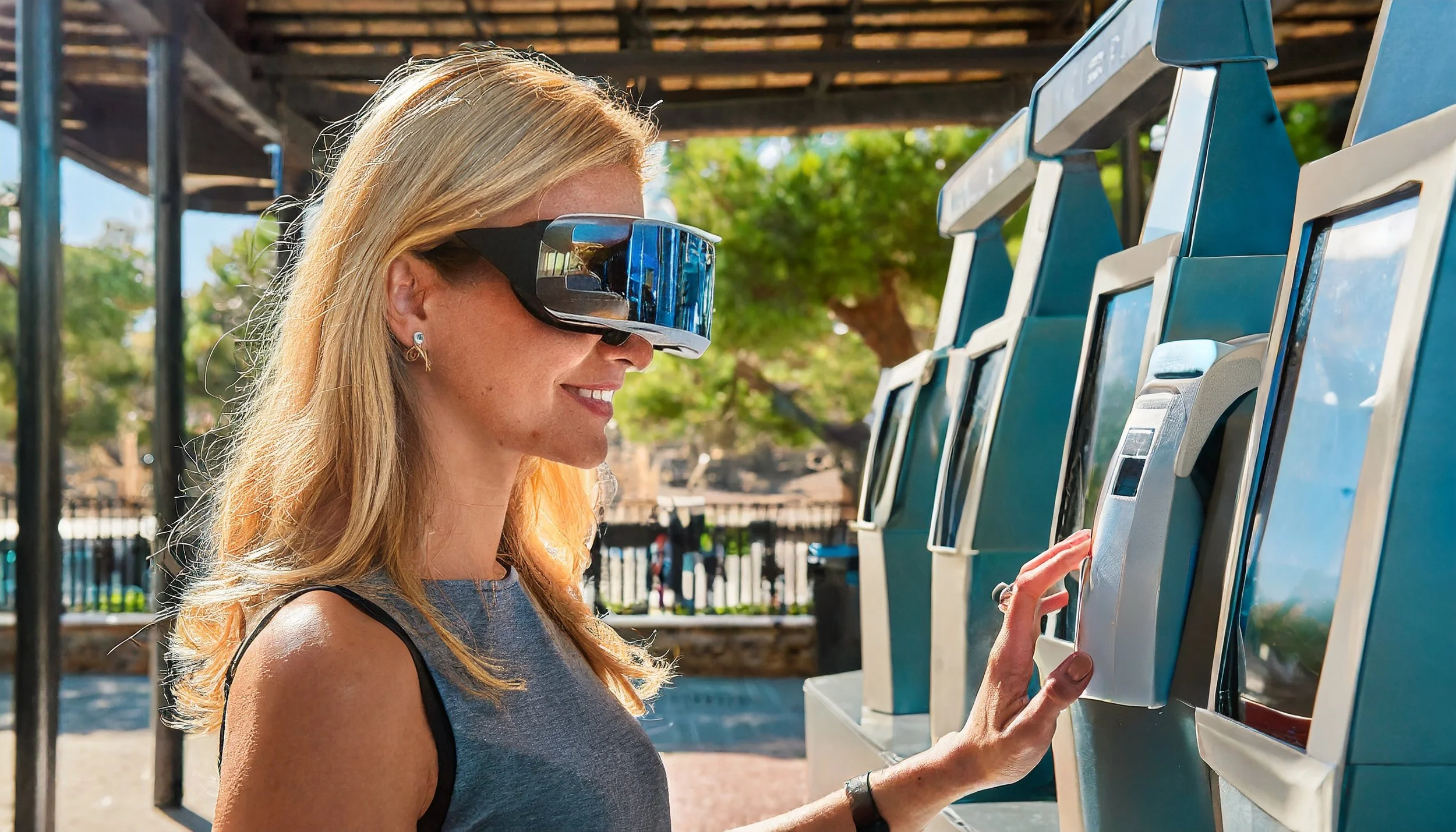Design fields overlap: Industrial, product, interaction and UI/UX
"Product Design" has become a squishy catch all for Industrial Design, UI/UX and Interaction Design.
They're used interchangeably because the lines are becoming increasingly blurred.
Despite a lot of overlap, there are distinct differences. Understanding these differences will be useful for designers finding the right career path and for collaboration with other designers.
Product Design is about the overall experience of a product, physical or digital. It had closer ties to Industrial Design prior to the 2010s where it revolved around physical products. This transition started when smartphones and apps were on the rise. Now it has to do with the design of physical and digital products. Product Designers consider user experience, business goals of the product and technical constraints. Instagram app designers are called Product Designers, so are designers at General Motors.
Industrial Design is a wide field that emphasizes physical product factors and Human Factors. This field stays closest to Louis Sullivan's, "Form ever follows function." They use strategic problem-solving techniques to converge technology, manufacturability, business strategy and user experience to generate value. This can easily bleed into other fields, including Service Design. Cars, chairs, phones, self-checkout kiosks, VR headsets and any tangible design is tied to Industrial Design.
User Interface / User Experience (UI/UX) typically focuses on interfaces rather than the product as a whole. They develop solutions through a Human-Centered approach. This includes apps, microwave digital interfaces, Extended Reality (XR), car dashboards and other visual elements you interact with.
Interaction Designers focus on the experience of interacting with products and services. They create the structure and dialogue between the person and design. Examples include swipe gestures on apps, how people use Extended Reality or museum exhibits.
Different design fields utilize different tools. More and more, Industrial Design students dabble in all of these fields. Designers create the underlying component to peoples' experiences in the world which is driven by intention.
These disciplines tend to be squishy because technology evolves to make tools easier to use. And because all good design work is at the intersection of creativity, humanity and meaning. What you create and how you create your work is ultimately a means to develop value for others.


